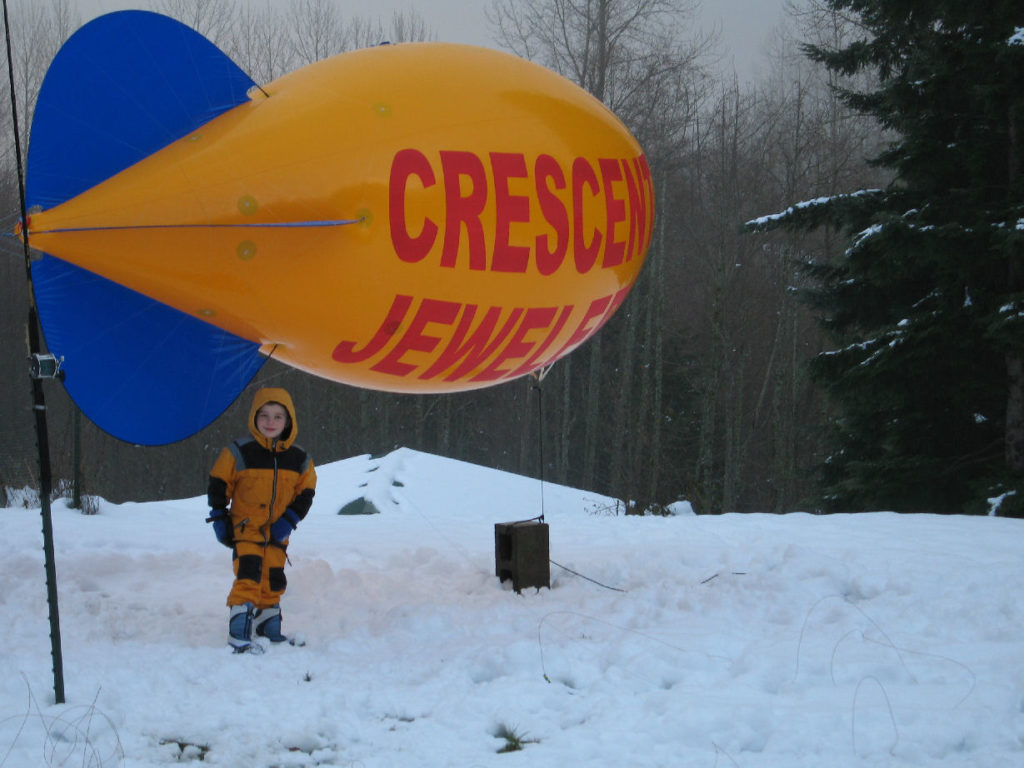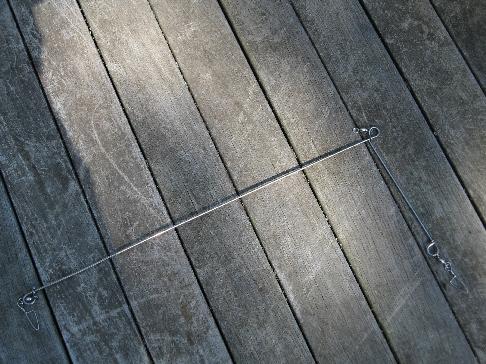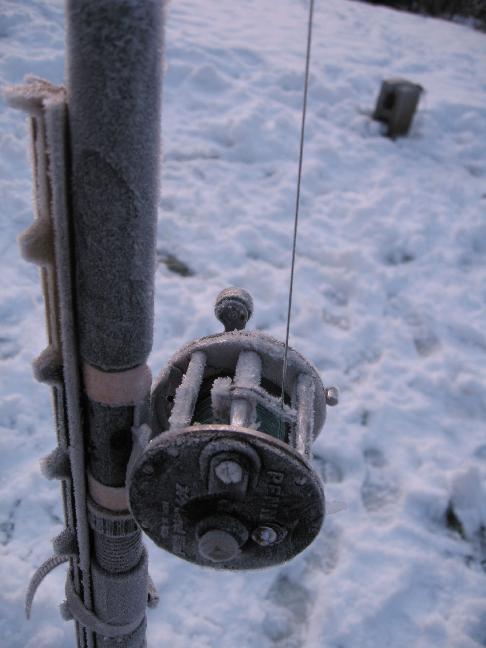Using a Balloon or Blimp to Support an Antenna for 160 meters
If you want to get on top band, and you don’t have the real estate or towers to get a permanent 160 meter antenna in the air, why not try a blimp or balloon?

Ground crew (KE7MAN) with 13' blimp. ** 3/23/2017 update: This guy is off to college next fall! **
The 13′ blimp in this picture has a three pound lift when filled with helium. It easily holds up 128′ of copper or copper-clad wire even in moderate winds. Combined with an elevated radial feedpoint and four radials (128′ each) , you might need as few as 650′ of wire to have a very nice signal on 160 meters.
The blimp is directly attached to a ‘halibut spreader’, which has swivels on all attachment points. The purpose of the spreader is to allow the blimp to rotate while the antenna wire and blimp retrieval line are kept from tangling.

It’s important to not lose the blimp. In my application, I used a salt-water rod and salt-water reel (Penn) with 80′ test braided line. The rod/reel combo was hose-clamped to a T-post driven into the ground. The T-post was approximately forty feet from the antenna wire feed point.

For the antenna wire, I used copper-clad steel wire, so that if the braided line parted, there would be a chance to retrieve the blimp.
Using the blimp
Test everything before using it. Measure and attach your antenna wire to your feed point, and attach it to a swivel. Use a small non-conductive cord (braided line works) to attach the antenna wire swivel to the swivel on the halibut spreader. Attach the retrieval line to the spreader’s swivel. Make sure your knots are good. The spreader is attached to the blimp with a ‘quick link’ just before it’s ready to go in the air.
Heed the blimp maker’s instructions for filling the blimp — it’s good to lay the blimp out on a sheet of plastic to protect the surface from sticks, grass, rocks, etc. I fill my blimp in one of the bays of my garage, out of the wind. I use an 8′ ‘ground line’ with a quick-link to temorarily attach the blimp to a cinderblock as I fill it.
I have another cinderblock located near the antenna feed point, and after moving the blimp from the garage, attach it to that cinderblock. I attach the halibut spreader’s quick link before removing the ground tether.
I use the drag on the reel to slowly allow the blimp to ascend — I’m watching for kinks in the antenna wire as it rises.
If you have dew or frost while you’re flying the blimp, you may have to bring it down, towel it off, and fly it again — water weights ‘a pint a pound’, and the surface of the blimp can accumulate a lot of moisture.